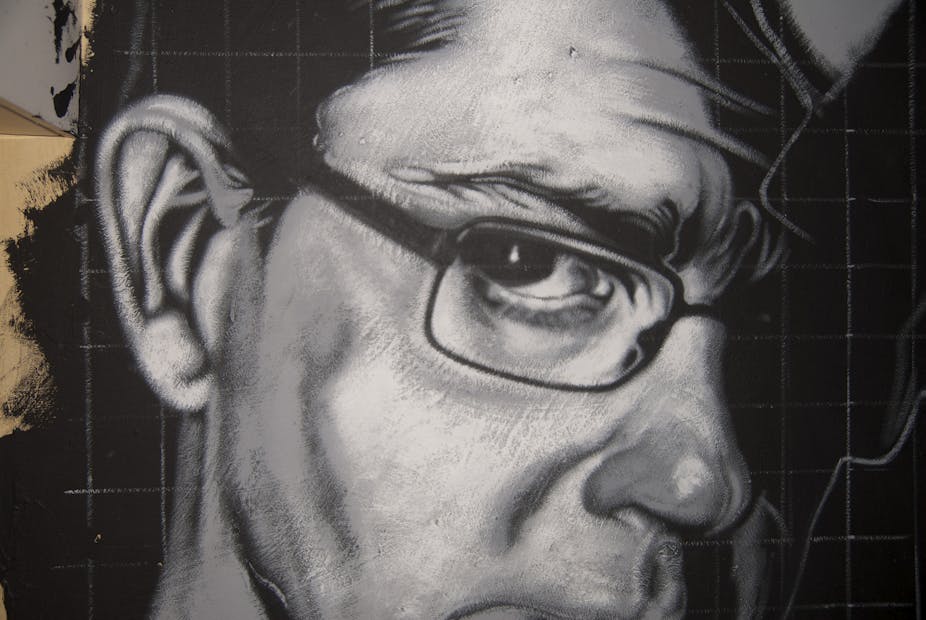They think and work differently, cartoonists. Anyone who has spent any time in an editorial office will know that cartoonists dream and draw on their own, working to the rhythm of their thoughts – if they work in an office at all, that is. Many cartoonists work miles from the magazines and newspapers which they adorn; some are reclusive and solitary.
Most journalists thrive on exchanging ideas and tips, operating in a team, nourishing a network. The cartoonists of my acquaintance consult the newsroom’s knowledge and bounce their ideas off people, but they are solo flyers. Their business is to look at the news from a completely unexpected angle. That can’t be done from inside a herd of reporters all running in the same direction. I have met courteous cartoonists and rude ones, but I have never met one with weakly-held opinions.
The cartoonists of Charlie Hebdo were a little different. From time to time they met as a group to plan projects – is the appropriate collective noun a doodle of cartoonists? – and I imagine these were lively conversations. It was at one these meetings this week in Paris that 12 people were murdered, some of France’s wittiest draughtsmen among them.

Charlie Hebdo harks back to the obscene ribaldry of the underground newsheets that were directed at public figures like Marie Antoinette before the French Revolution and to the 19th century caricatures of Daumier.
In a country which reveres the skills of cartoonists and loves bandes dessinées (strip cartoons), the team at Charlie Hebdo set out to be as irreverent, obscene and annoying as possible to the largest number of targets they could splatter in each edition. In France, caricature which insults the powerful is a long tradition.
Reading your thoughts
There is a reason why collections of cartoons sell well as books and it goes beyond wanting to keep something amusing on the shelf in the loo. Cartoonists nail a thought which lies under the surface, sometimes opinions which people are hesitant to say out loud. Their job is to distill a perhaps complex, extensively-reported issue to a single image containing an idea.
The greatest cartoonists capture and bottle the spirit of an age. They do so by developing an instinct for seeing and hearing what people are thinking inside their heads. There’s an old saying that societies reveal their deepest anxieties in the topics they joke about. In the days of the Cold War, jokes in central Europe were mostly about politics and power. Cartoonists sense these neuroses and put them in a language which often needs no words and which knows no borders.
Anglo-American humour features sex. Just after president François Hollande had been photographed making nocturnal trips to his mistress on a scooter, the Telegraph’s pocket cartoonist Matt drew a middle-aged couple sitting in their armchairs at home. The husband is wearing a crash helmet and visor. His wife is angrily asking: “Are you seeing someone else?”
Solo artist
It is not surprising that cartoonists often work alone and dislike explaining themselves. I once went to interview Le Monde’s great cartoonist Plantu, hoping to use his opinions as an unusual way of looking at France, whose politicians he skewers so deftly.

He sat patiently with me in his tiny studio high up on an obscure street in Paris and tried to answer my questions, but the interview was a failure. His language is not words.
The cartoonist’s clout comes not from the drawing, but from the quality of the idea. Peter Brookes of The Times, the greatest political cartoonist of his generation, says that “the idea behind the cartoon is the tricky bit and what I wrestle with for the best part of the day”.
So if you visit the office of a newspaper or magazine, remember that some of the most original and potent ideas are being generated by that small, shy figure tucked away in the corner: the cartoonist.

